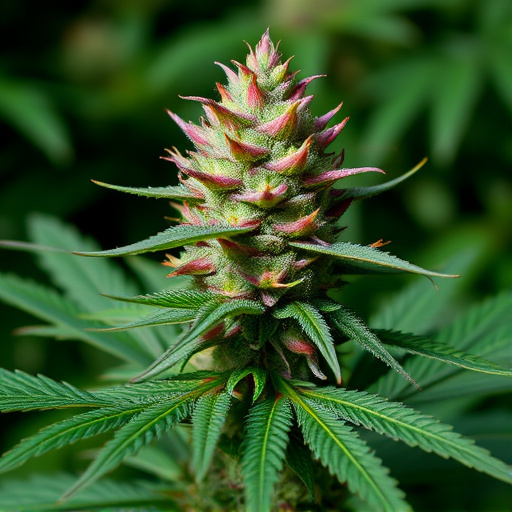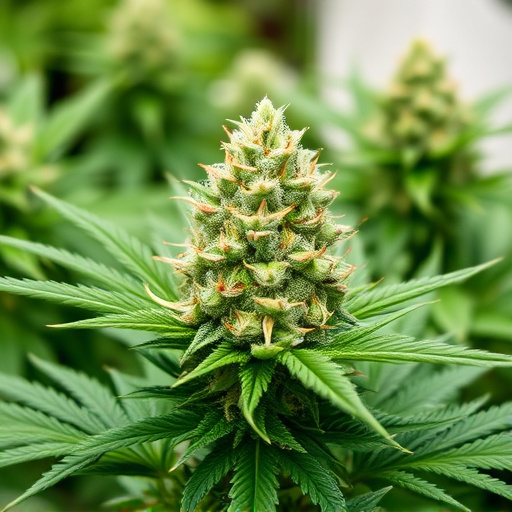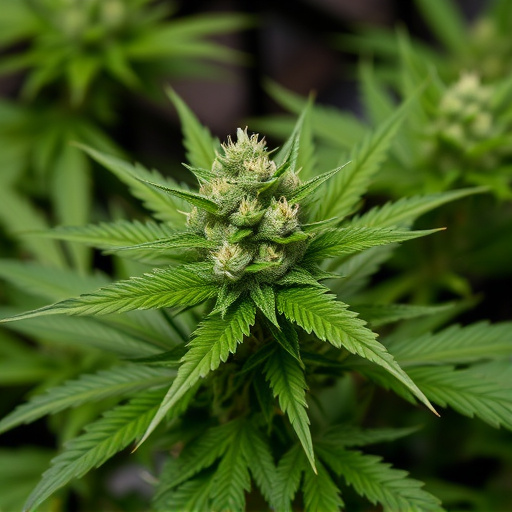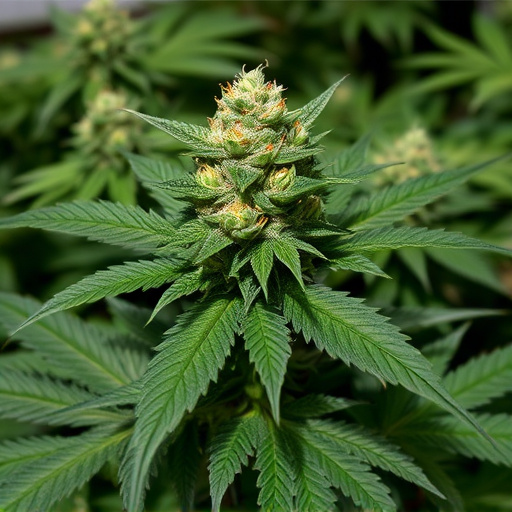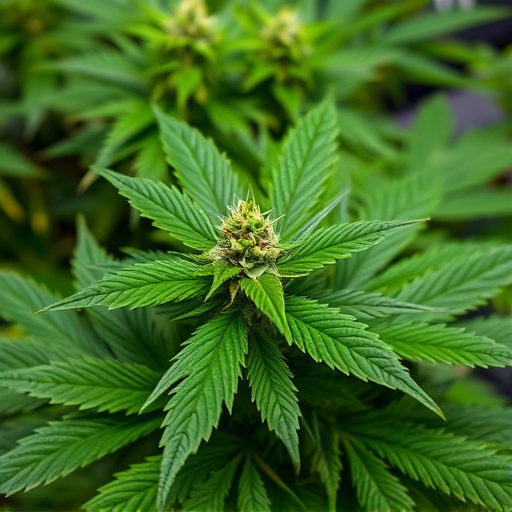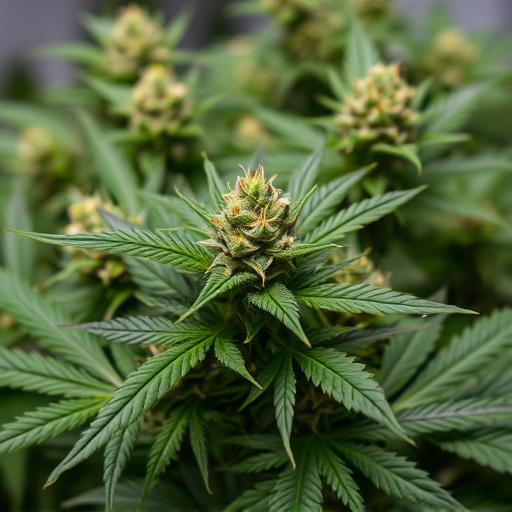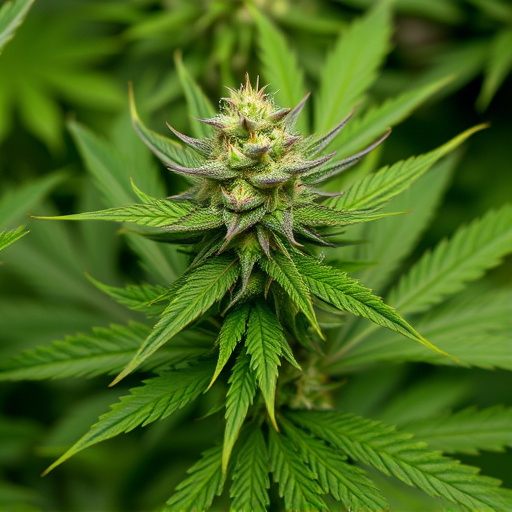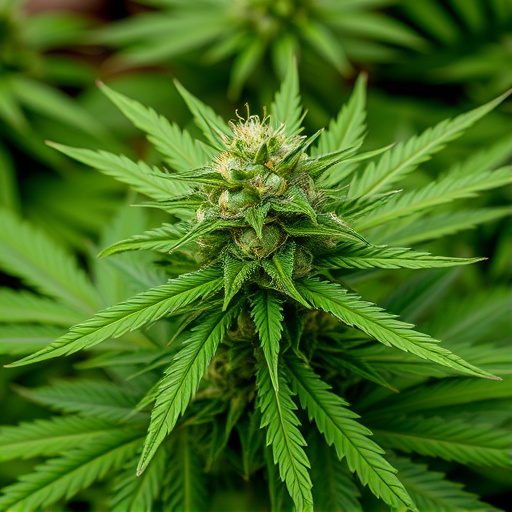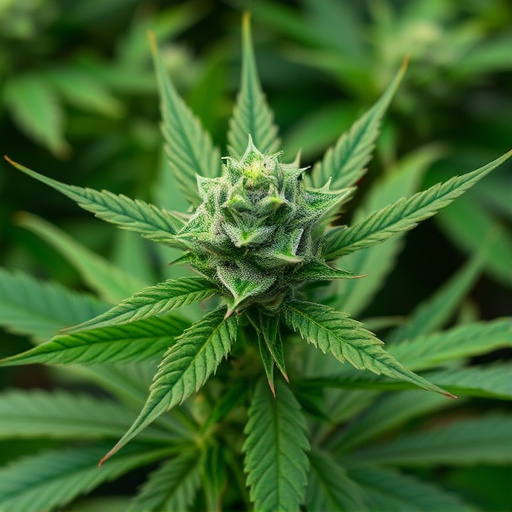Medical marihuana strains harness the power of cannabinoids like THC and CBD, offering diverse therapeutic effects ranging from pain relief and anti-inflammatory actions to appetite stimulation and anxiety reduction. These compounds, combined with terpenes (aromatic plant compounds), create unique strain profiles tailored for various health conditions, including chemotherapy-induced nausea, PTSD symptoms, and muscle spasms in multiple sclerosis patients. Sativa strains provide energy and mental clarity, while Indica varieties offer calmness and sedative effects, allowing healthcare providers to personalize treatment based on individual needs and preferences.
Cannabis flower has gained significant attention for its potential medical benefits, driven by the discovery of cannabinoids and terpenes. This article delves into the science behind these compounds, exploring how they interact with our bodies to provide therapeutic effects. We’ll discuss the diverse profiles of medical marijuana strains, highlighting specific applications that cater to various health conditions. By understanding the complex interplay of cannabinoids and terpenes, we can better navigate the world of medical marihuana strains for personalized treatment options.
- Understanding Cannabinoids and Their Medical Properties
- The Role of Terpenes in Cannabis Flowers' Therapeutic Effects
- Different Medical Marijuana Strains and Their Specific Applications
Understanding Cannabinoids and Their Medical Properties
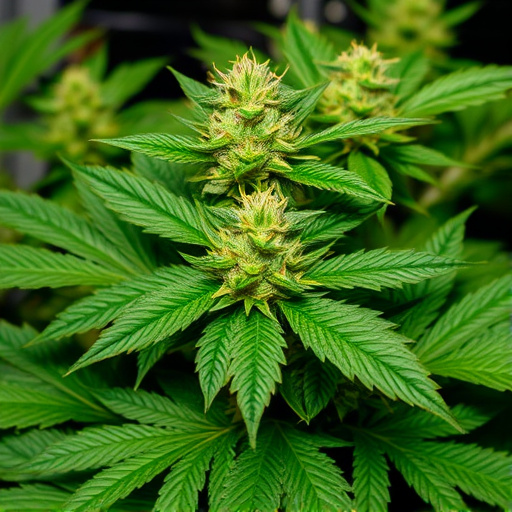
Cannabis flowers contain a diverse range of chemical compounds known as cannabinoids, which are responsible for their medicinal properties. Among these, Delta-9-tetrahydrocannabinol (THC) and cannabidiol (CBD) have garnered significant attention from medical professionals and researchers due to their potential therapeutic benefits. THC is the primary psychoactive compound, offering pain relief, appetite stimulation, and anti-inflammatory effects. On the other hand, CBD lacks psychoactive properties but possesses powerful anti-anxiety, anti-seizure, and anti-inflammatory qualities, making it a popular choice for those seeking alternative treatments for conditions like epilepsy, anxiety disorders, and chronic pain.
The unique combination of cannabinoids in medical marihuana strains allows for a wide array of medicinal applications. For instance, specific strains may be recommended for managing nausea and appetite loss associated with chemotherapy, alleviating symptoms of post-traumatic stress disorder (PTSD), or providing muscle relaxant effects for individuals suffering from multiple sclerosis. Understanding the distinct profiles of these cannabinoids and their interactions within the plant is crucial in harnessing the full potential of medical marihuana strains for various health conditions.
The Role of Terpenes in Cannabis Flowers' Therapeutic Effects

Cannabis flowers offer a range of therapeutic benefits due in part to their complex chemical profile, including terpenes and cannabinoids. Terpenes, aromatic compounds found in many plants, contribute significantly to the unique flavors and potential medicinal properties of different medical marihuana strains. Each terpene has its own set of effects on the body and mind, interacting with cannabinoids like THC and CBD to modulate how users experience and benefit from cannabis.
For instance, myrcene is known for its earthy scent and potential anti-inflammatory and sleep-inducing properties. Limonene boosts mood and reduces anxiety, while linalool has been linked to relaxation and better sleep quality. Understanding the specific terpenes present in various medical marihuana strains can help users make informed choices based on their specific needs and desired effects.
Different Medical Marijuana Strains and Their Specific Applications
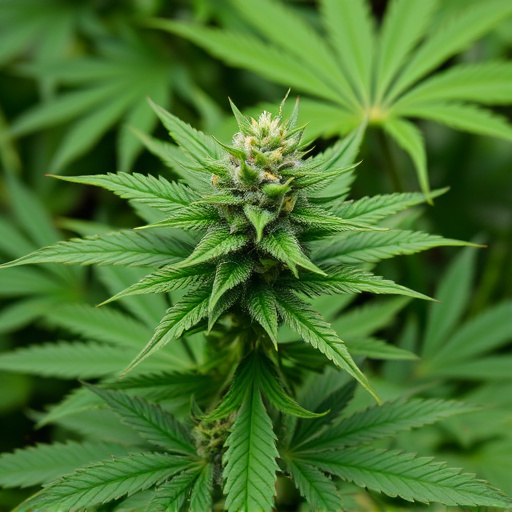
Medical marijuana has gained recognition for its diverse range of strains, each offering unique therapeutic properties tailored to specific medical conditions. Sativa strains, known for their energizing and uplifting effects, are often recommended for patients seeking relief from fatigue, depression, or anxiety. These strains can enhance mental clarity and improve mood, making them suitable for daytime use. Conversely, Indica varieties induce a calming and sedative effect, making them popular for managing pain, insomnia, and muscle spasms—symptoms commonly associated with conditions like multiple sclerosis and chronic pain.
Some hybrid strains combine the effects of both Sativa and Indica, offering a balanced approach to medicine. For instance, a patient suffering from post-traumatic stress disorder (PTSD) might benefit from a strain high in CBD (cannabidiol), which has been shown to reduce anxiety without inducing psychoactive effects. Alternatively, those with nausea from chemotherapy might find relief in strains rich in THC (tetrahydrocannabinol), known for its appetite-stimulating properties. This diversity in medical marijuana strains allows healthcare providers and patients to explore personalized treatment options that address specific needs and preferences.
Cannabis flower’s medical benefits stem from a complex interplay between cannabinoids and terpenes. Cannabinoids like THC and CBD have shown promising results in treating various conditions, while terpenes—organic compounds responsible for the plant’s aroma—enhance these effects. Understanding the unique properties of different medical marijuana strains allows healthcare professionals to prescribe tailored treatments, maximising therapeutic outcomes. Further research into this natural medicine is essential to unlock its full potential, ensuring that patients have access to effective and safe cannabis-based therapies.
